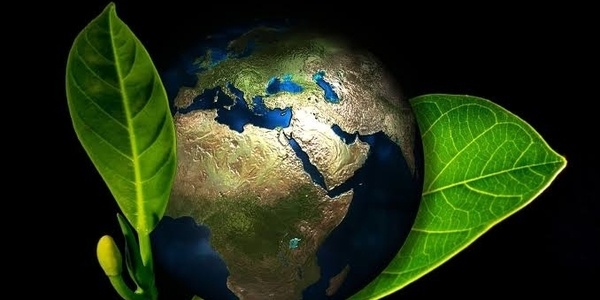India's Energy Future: Navigating the Shift from Fossil Fuels to Renewables
India is the world's third-largest consumer of energy, and its consumption is likely to rise dramatically in the future years. The country's energy industry, on the other hand, is heavily reliant on fossil fuels, which are a significant source of greenhouse gas emissions and air pollution. It also stands in the way of India's net-zero goals. As a result, an energy transition from fossil fuels to renewable energy sources such as solar and wind power is underway. However, transitioning away from fossil fuels is a difficult undertaking for countries that rely heavily on coal, especially considering the importance of a just and fair transition for workers and communities. Addressing a ringing bell: India is dedicated to meeting Prime Minister Narendra Modi's net-zero emissions target by 2070. To that purpose, it intends to reach 500GW of non-fossil fuel energy capacity and 50% installed renewable capacity by 2030. Given India's success thus far, how realistic are the 2030 and 2070 targets? The Prime Minister's objective of net-zero emissions by 2070 was a major boost for India's energy and climate policies. It established the country's course of action. To achieve net-zero targets, fossil fuels must be phased out, investments in energy efficiency and clean technology solutions across sectors increased, and demand electrified where practicable. The effort made in the next 10-15 years to guarantee our sustainable futures will determine how quickly we reach this goal while reaching our development and growth ambitions. The good news is that the vast majority of clean options are already available. These are currently accessible in the electrical market and are frequently less expensive than new fossil alternatives. Accelerating the deployment of clean energy: The Ministry of New and Renewable Energy intends to tender 50GW of RE capacity per year until 2030. Meeting these tendering objectives and turning them into on-the-ground deployment will be critical. Providing developers with large-scale, low-cost financing; Large-scale solar and wind projects are mature technologies that can frequently entice investors. However, future technologies such as storage, offshore wind (which lacks established business models), and distributed renewables will require targeted support to offset financiers' risk perceptions and lower the cost of capital for these investments. Preventing resource lock-in in new thermal/fossil plants: Renewables are less expensive than new thermal plants, and tariffs may be lower than for some older thermal facilities. Even renewables with storage are becoming more competitive and less expensive than new thermal facilities. In FY2023, for example, the average cost of coal generating was Rs 4.26/kWh, whereas solar and storage costs have decreased dramatically, with recent successful bids indicating levelised costs of Rs 4.04-4.34/kWh. Continuing new thermal plant investment risks locking in resources in a sunset sector with expensive, high-emissions technologies, reducing future competitive advantage. What are the country's primary challenges in achieving its energy transition goals? Strong and consistent policies. Ensure the scale and speed of development on the ground. Increasing institutional and governance capacities (fortifying existing institutions and establishing new ones) at the federal, state, and municipal levels. Increasing public and private finance at scale and at low cost, as well as channeling available resources toward clean energy/infrastructure investments (to avoid lock-in). The renewables sector in India is flourishing, with the country expected to add 35 to 40 gigatonnes of renewable energy every year until 2030, enough to power up to 30 million more homes. Let us hope for the best and continue to think green!

.jpeg)

.jpg)
